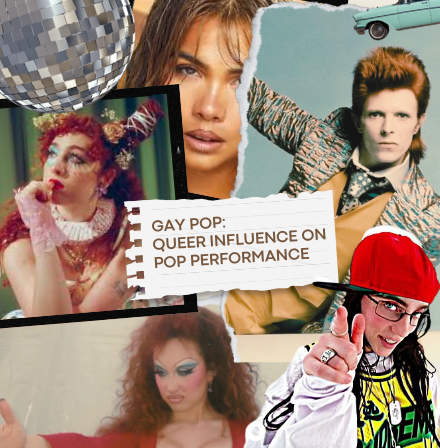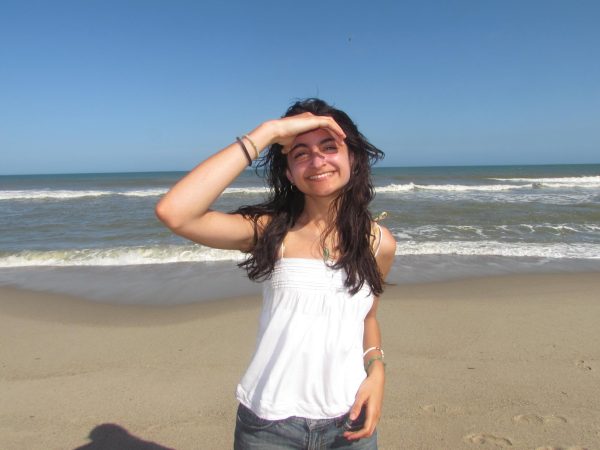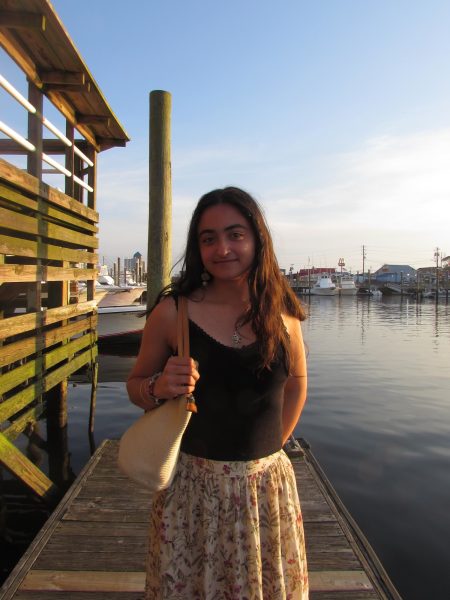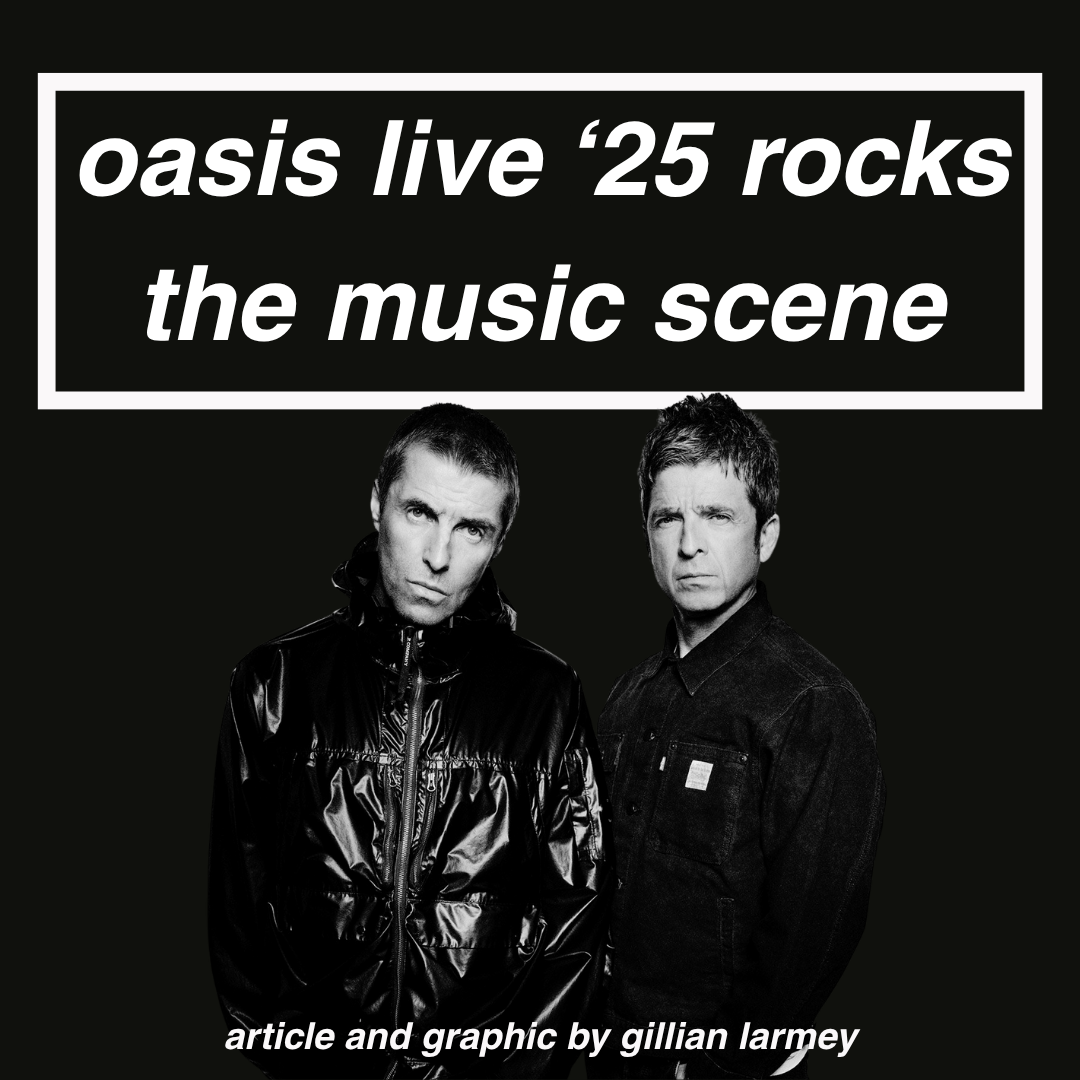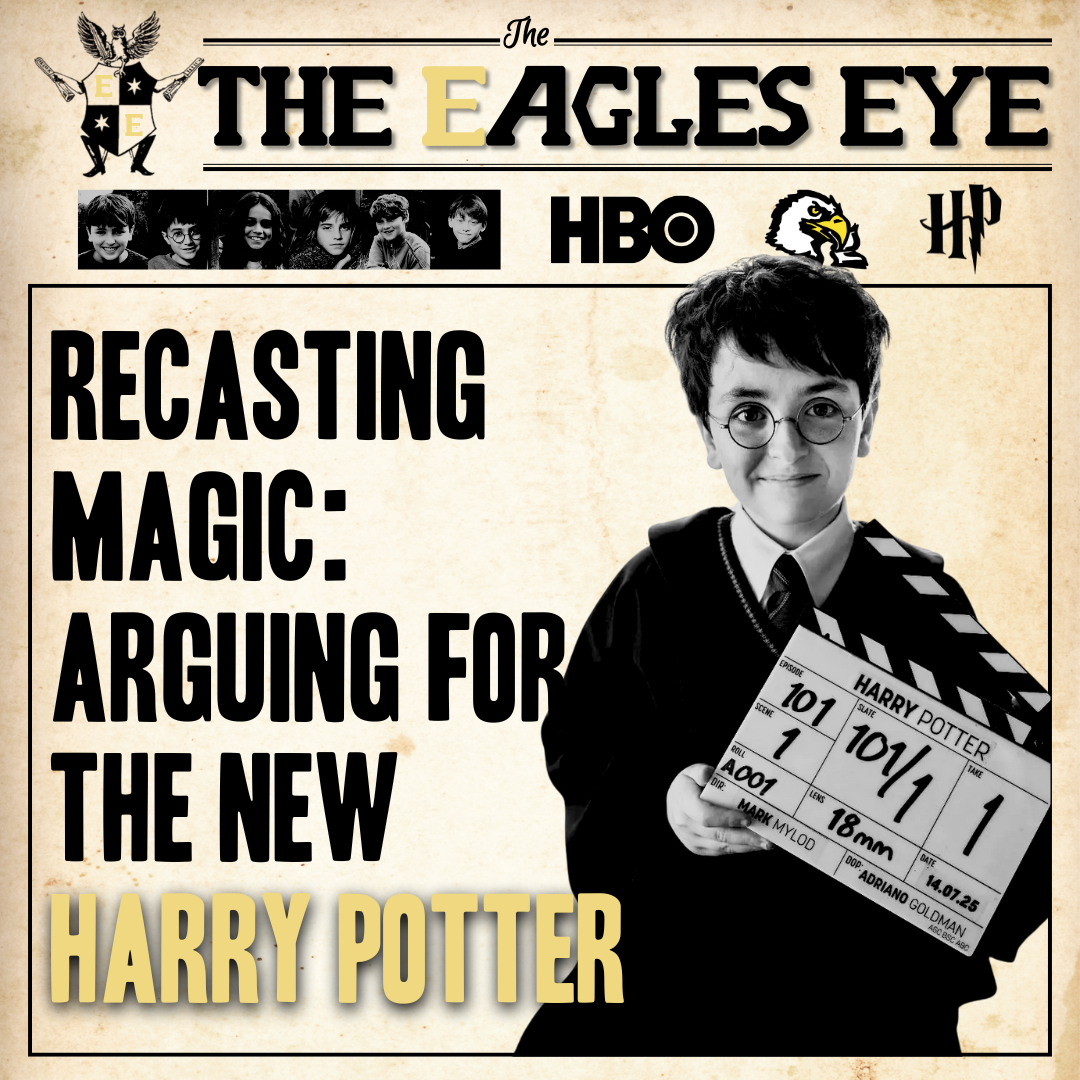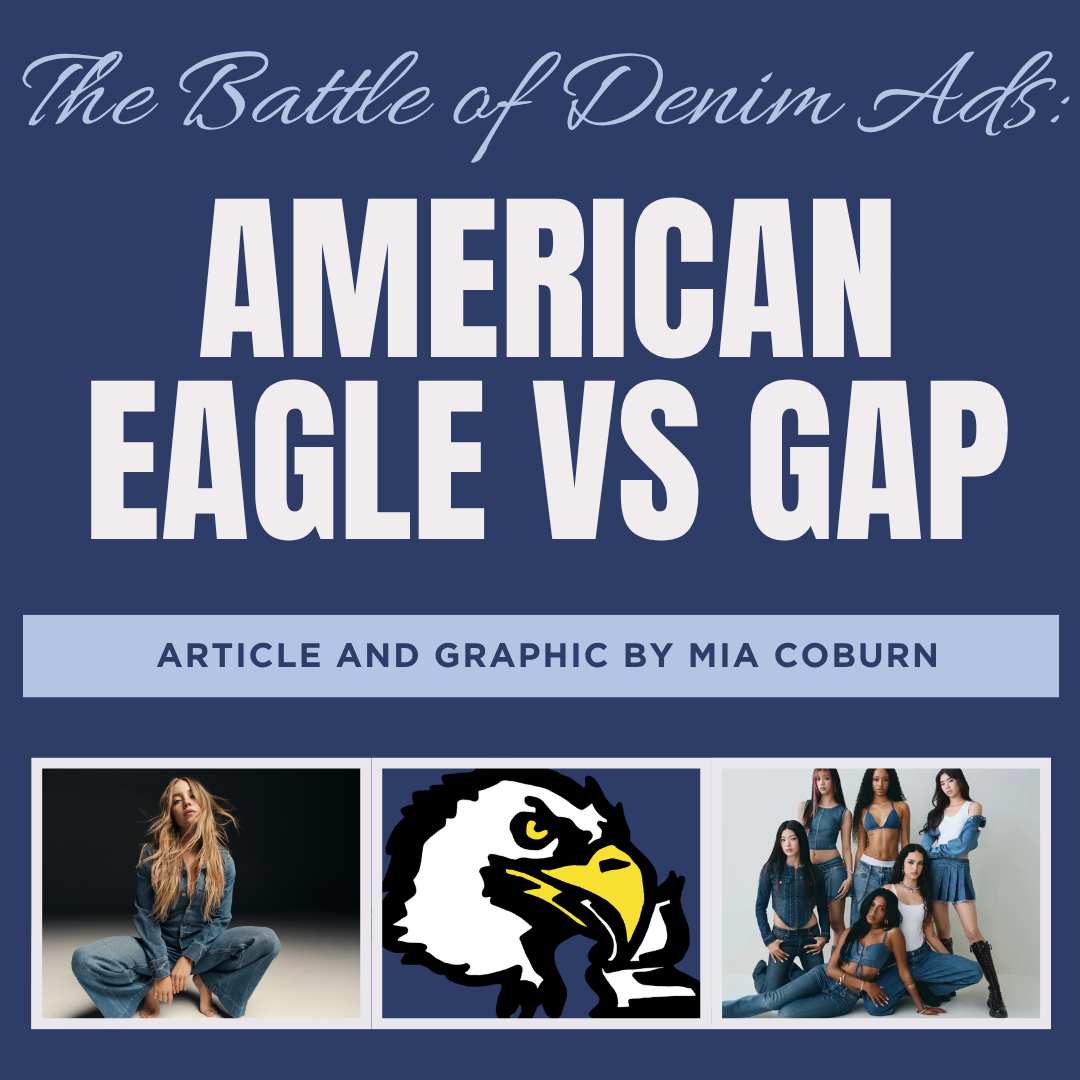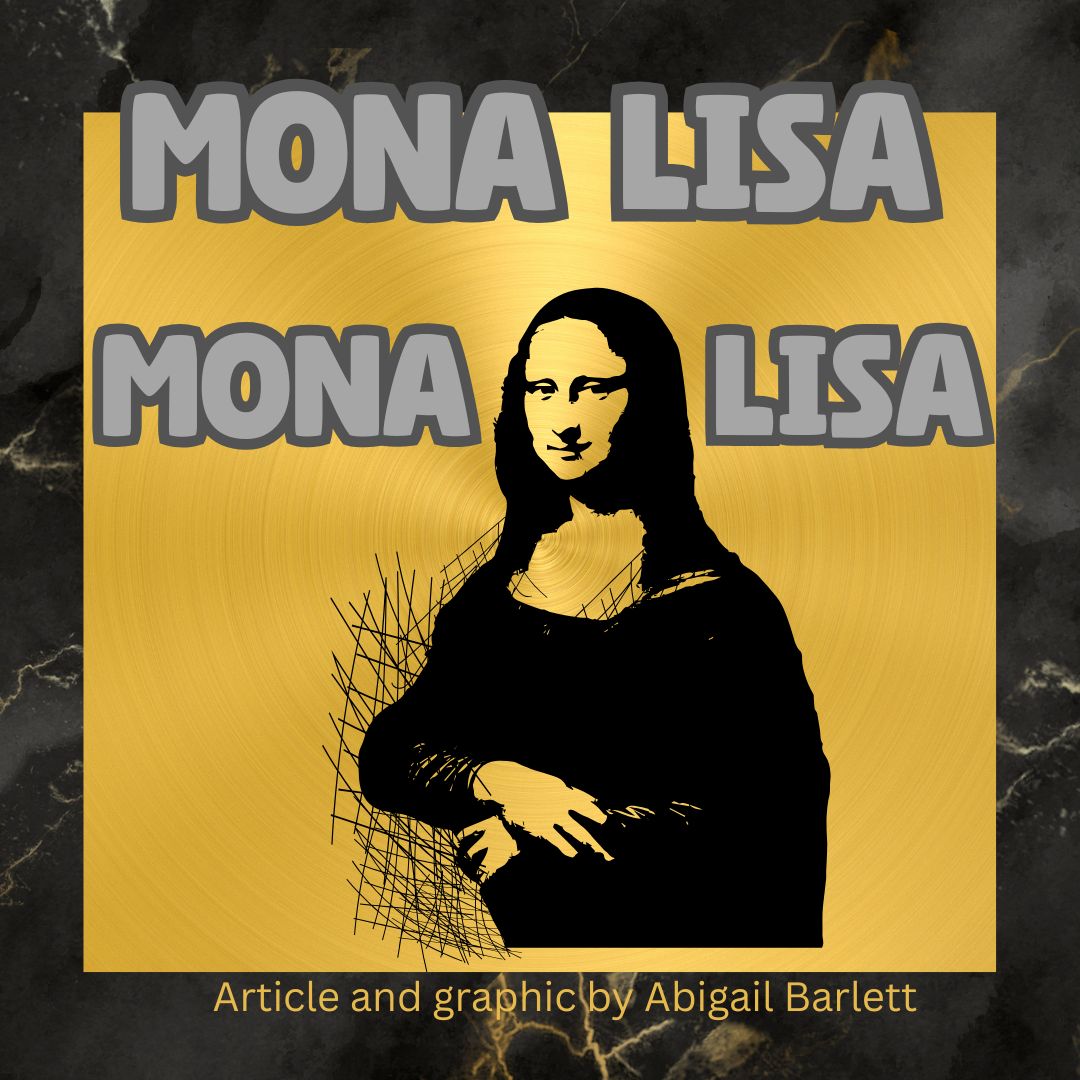It’s no secret that we’re in a pop music renaissance. Sabrina Carpenter, Charli xcx and Taylor Swift all released albums this year that owned the charts and dominated music festivals and award shows. However, the most notable of the pop girls this summer is, of course, Chappell Roan. Even though her debut album, The Rise and Fall of a Midwest Princess, was released last year, Roan has experienced a meteoric rise to fame since then. What makes her so special? Roan’s music is unabashedly queer. The songs “Pink Pony Club” and “Goodluck, Babe” are two of her biggest singles, both clearly and proudly about the experience of a queer woman. She’s dragged gay pop and queer artists like Renee Rapp into the spotlight, and even inspired established artists like Billie Eilish to explore queerness in their own music. In Jojo Siwa’s words, there’s a new genre of music, gay pop.
The surge in gay pop is, truly, a resurgence. Take some of the stars of the 70s: David Bowie and Freddie Mercury. Like Chappell Roan, what set these artists apart was not just their music but their outstanding performances. Bowie was the poster child of glam rock, a late 20th century phenomenon that gay pop echoes now. Mercury and Bowie both used extravagant makeup and distinct fashion to set themselves apart, and like Roan, it worked. But their colorful and unique performance art wasn’t their invention either.
Performing has been a part of queer culture for much longer than David Bowie or Chappell Roan. As early as the 1800s, there have been records of drag shows. According to CNN, Harlem, New York is the birthplace of drag. The first drag hall was filled with black trans women and queer men, who used ball gowns and wigs to express themselves during a time where queer culture was forced underground. Drag created unique spaces where queer people were safe to be authentically out. This novel freedom of expression infused itself in queer culture, but remained out of the mainstream until Freddie Mercury and David Bowie, both queer men themselves, took inspiration from the authenticity and glamor of drag to create their own brands.
When “I Kissed a Girl” came out in 2008, the culture shifted. This was confection, this was candy, this was pop. What’s more, this was gay pop. Even though Katy Perry’s I Kissed a Girl takes a male centered stance on female bisexuality, it created a space for, although convoluted, sapphic lyrics in the mainstream. It could be argued queer success at the time was only achievable by straight women, who would have to make lesbianism palatable before true queer pop was accepted into the mainstream.
When Lady Gaga bled out on stage at the 2009 VMAs and secured her spot in the next decade’s expanding pop music scene, that argument was flipped on its head. In a 2010 interview, she discussed her bisexuality in an authentic way that was shocking for the time. Gaga was writing about women at a time where it was risky to do so, but what saved her was the way dance pop singles dominated culture in the 2010s. She could hit the top of the charts with “Just Dance”, but her committed fans could enjoy the real meaning behind “Poker Face”. Throughout the 2010s Gaga never stopped speaking on her queer identity. A gay audience flocked to her confidence in herself, but stayed for campy visuals.
These two women, with queer elements bound to their work in different ways, would pioneer the campy 2010s pop performance scene. At the same time, the 2010’s sapphic indie pop scene was thriving. Haley Kiyoko released “Girls Like Girls” in 2012 and cemented herself as lesbian Jesus. King Princess, Girl in Red, even boygenius sang about sapphic relationships in a way that unapologetically catered to queer people everywhere. But what’s different here was the lack of primary identity as a performer. So really, how did Chappell Roan do it?
The Covid-19 pandemic caused depression rates to triple, which meant 2020 heard hits with much lower BPM than their 2010 counterparts. One hit wonder TikTok stars were rising in frequency, which meant less long lasting music icons. Chappell Roan was just another wannabe influencer in the crowd. In 2022 however, the Rise and Fall of a Midwest Princess era began with “Naked in Manhattan”. This was different, she would later say her goal for this album was to make something danceable, explaining that performing her sad songs had gotten tiring. The next two years, Roan kept at it. She released dance single after dance single, each with their own unique sound and obviously queer lyrics. But she wasn’t pandering to anyone, she was just Chappell. As Chappell began to tour, her performances became a defining factor of her appeal. She wore iconic costumes, huge wigs, and a lot of white face paint. There’s no wonder she cites drag as her biggest inspiration, even referring to herself as a drag queen. Drag, AKA camp, is confident, artistic and meant to be authentic. So of course Chapell’s your favorite artist’s favorite artist, she took that line from a drag queen, and confidence is attractive, authenticity refreshing.
It’s no accident that gay pop is dominating the charts right now, the progress and fluctuating trends have overlapped into the perfect environment for artists like Chappell Roan, and it’s clear they’re not going anywhere. So what now? Gay pop is rooted in uniqueness, but is individuality in the mainstream an oxymoron? Historically the answer is no. Greats like David Bowie and Lady Gaga never backed down from their queerness and identity and stayed solidly among the biggest artists of their time. While the industry will always be ruled by profit, right now the public craves artistry. Even when “Good Luck, Babe” leaves the charts and the pendulum swings away from pop, it’s incredibly important to support these queer artists. Queer music and performance have set the standard for pop music in authenticity and truthfulness since the Drag Halls of the 19th century Harlem.


